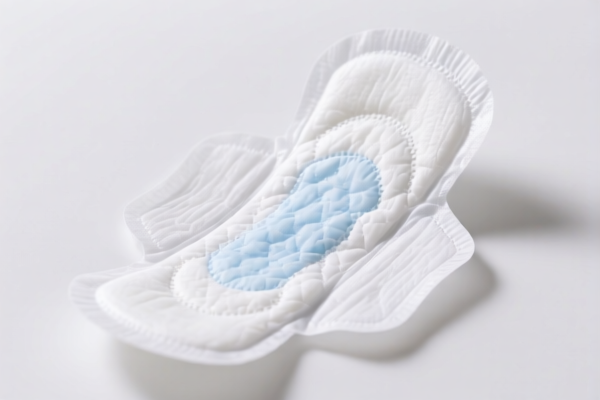| HS Code | Official Doc | Tariff Rate | Origin | Destination | Effective Date |
|---|---|---|---|---|---|
| 3926400010 | Doc | 35.3% | CN | US | 2025-05-12 |
| 3926909989 | Doc | 42.8% | CN | US | 2025-05-12 |
| 3924104000 | Doc | 33.4% | CN | US | 2025-05-12 |
| 3924905650 | Doc | 40.9% | CN | US | 2025-05-12 |
| 9602005080 | Doc | 40.2% | CN | US | 2025-05-12 |
| 9618000000 | Doc | 41.9% | CN | US | 2025-05-12 |




Plastic Crab Model
A plastic crab model is a representational figurine of a crab constructed from plastic materials. These models vary widely in size, detail, and functionality, serving diverse purposes from educational tools to toys and decorative items.
Material
The primary material is plastic, commonly:
- Polyvinyl Chloride (PVC): Durable, relatively inexpensive, and easily molded, allowing for detailed sculpting.
- Polypropylene (PP): More flexible and impact-resistant than PVC, often used for moving parts or toys intended for rough play.
- Acrylonitrile Butadiene Styrene (ABS): Stronger and more rigid than PVC, offering good resistance to chemicals and heat. Frequently used for more robust models.
- Other Plastics: Less common, but can include polyethylene (PE) or recycled plastics.
Purpose
- Educational: Used in classrooms, nature centers, and homes to teach children about marine biology, crab anatomy, and ecosystems.
- Toy: Intended for play, often featuring realistic details or interactive components.
- Decorative: Used as ornaments, collectibles, or as part of larger displays (e.g., beach-themed decorations).
- Promotional/Novelty: Small crab models can be used as promotional items or as part of novelty sets.
Function
Functionality varies greatly:
- Static Models: Non-moving, designed for visual representation and display.
- Articulated Models: Feature movable joints, allowing for posing and dynamic play.
- Wind-Up/Battery-Operated Models: Simulate crab movement, often walking or scuttling.
- Sound-Producing Models: May emit crab-like sounds or other noises.
Usage Scenarios
- Classroom Learning: Students examine crab anatomy and life cycles.
- Beach Play: Children use crab models in sandcastles or as part of imaginative games.
- Home Decoration: Displayed on shelves, desks, or as part of a marine-themed room.
- Collecting: Enthusiasts collect various crab models, often focusing on specific species or manufacturers.
- Aquarium Decoration: Some models are designed to be safely used in aquariums (ensure they are non-toxic and aquarium-safe).
Common Types
- Realistic Crab Models: Highly detailed representations of specific crab species (e.g., Dungeness crab, hermit crab, fiddler crab).
- Cartoon Crab Models: Stylized and simplified representations, often brightly colored and designed for younger children.
- Fidget Crab Models: Smaller, often articulated models used as stress-relieving toys.
- Hermit Crab Shell Models: Plastic shells designed to be used with live hermit crabs, offering a variety of colors and patterns.
- Walking/Mechanical Crab Models: Battery-operated or wind-up crabs that simulate movement.
- DIY/Paintable Crab Models: Unpainted plastic crabs intended for customization.
The declared goods are plastic crab models, which are ornamental articles made of plastic. These items are typically used for decoration or as toys.
The following HS codes are relevant based on the provided information:
- 3926400010: This HS code covers “Other articles of plastics and articles of other materials of headings 3901 to 3914: Statuettes and other ornamental articles Bows and similar products for decorative purposes including gift-packaging and the like”. The base tariff is 5.3%, with no additional tariff currently, but a 30% additional tariff will apply after April 2, 2025, resulting in a total tariff of 35.3%. This is a strong match given the ornamental nature of the crab model.
- 3926909989: This HS code covers “Other articles of plastics and articles of other materials of headings 3901 to 3914: Other: Other Other”. The base tariff is 5.3%, with an additional tariff of 7.5% currently, and a 30% additional tariff after April 2, 2025, resulting in a total tariff of 42.8%. This code is a broader category and may apply if the crab model doesn't fit specifically into the "statuettes" category.
- 3924104000: This HS code covers “Tableware, kitchenware, other household articles and hygienic or toilet articles, of plastics: Tableware and kitchenware: Other”. The base tariff is 3.4%, with no additional tariff currently, but a 30% additional tariff will apply after April 2, 2025, resulting in a total tariff of 33.4%. This code might be applicable if the crab model is marketed as a kitchen or household item, though this is less likely.
Important Note: Regarding HS code 3926400010 and 3926909989, please be aware that the additional tariff will increase to 30% after April 2, 2025.
Customer Reviews
No reviews yet.